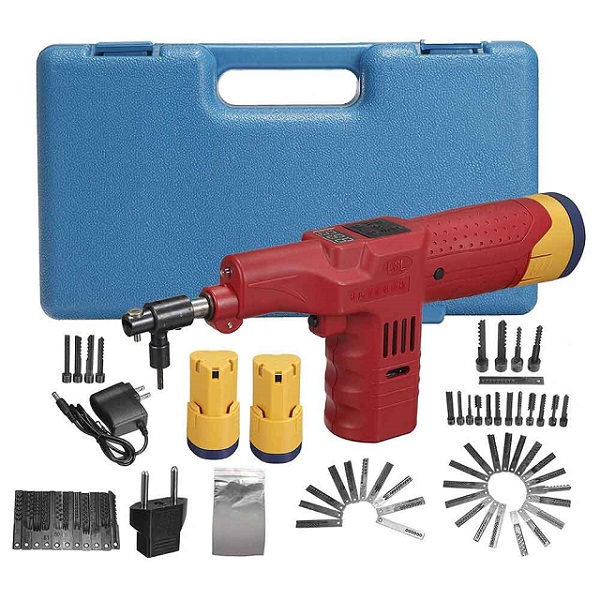Electric Lock Pick Guide: Everything you need to know about Lock Types and Compatibility
2025-11-25 16:25
Navigating the world of physical security requires an understanding of its most fundamental component: the mechanical lock. For locksmiths, security professionals, and enthusiasts, knowing which tools work on which locks is paramount. This guide provides a comprehensive overview of common lock types and their compatibility with popular opening tools, including insights for anyone looking to Buy Electric Lock Pick equipment for their toolkit.
What are the Different Types of Mechanical Locks?
1.Pin Tumbler Locks
The pin tumbler lock is the most common lock mechanism globally, found in residential deadbolts, door knobs, and padlocks. Its operation relies on a series of driver pins and key pins that prevent the plug from rotating unless the correct key is inserted. The key's unique cuts align the pins at the shear line, allowing the plug to turn and retract the latch. The simplicity and effectiveness of this design have made it a staple for decades, but this very simplicity also makes it a primary target for various lock picking techniques.
.jpg)
2.Wafer Tumbler Locks
Often used in filing cabinets, older automobile doors, and some low-security padlocks, wafer tumbler locks operate on a similar principle to pin tumblers but use flat, spring-loaded wafers instead of pins. When the correct key is inserted, the wafers are pushed to align flush with the plug's surface. These locks are generally considered less secure than pin tumblers, as they offer fewer combinations and are more susceptible to bypassing, including with specialized electric pick tools designed for lateral vibration.
3.Disc Detainer Locks
Disc detainer locks, famously used by high-security brand Abloy, employ a series of rotating discs with gates. The key must rotate each disc to align these gates, allowing a sidebar to drop into place and permitting the plug to turn. This design offers significant resistance to traditional picking methods like raking and single-pin picking. Manipulating them requires a specialized tool that can apply torque and individually navigate each disc, presenting a much steeper challenge for any locksmith.
How Compatible Is an Electric Lock Pick With Various Lock Types?
1.Ideal for Standard Pin and Wafer Tumbler Locks
Electric lock pick guns are specifically engineered for pin and wafer tumbler mechanisms. They work by inserting a vibrating pick needle into the keyway while light torque is applied. The rapid vibrations bounce the pins or wafers upwards, mimicking the action of raking. With the correct tension, the pins will eventually catch at the shear line, allowing the lock to open. This method can be remarkably fast on standard locks, making these tools highly compatible and effective for these common types.

2.Struggling with Security Pins and High-Security Locks
While effective on basic pin tumblers, standard electric picks meet their match with locks that incorporate security pins, such as spool, serrated, or mushroom pins. These specialized pins are designed to bind in a way that fools the picker and causes them to over-set pins or lose tension. The brute-force, non-discriminating nature of an electric pick gun is often ineffective here. Success requires a more nuanced, manual approach with a traditional hook pick to carefully navigate each security pin.
3.Largely Incompatible with Specialized Mechanisms
It is crucial to understand that electric pick guns have significant limitations. They are fundamentally incompatible with non-tumbler-based locks. This category includes dimple locks, which use sideways-mounted pins, lever locks, which require lifting levers to a specific height, and combination locks. Furthermore, they are useless against modern electronic locks, magnetic locks, and automotive transponder systems. Assuming a single tool can open all locks is a misconception; professional locksmithing requires a diverse set of tools for different challenges.
In conclusion, the effectiveness of an electric lock pick is entirely dependent on the internal mechanism of the lock it is used on. While it serves as a powerful tool for quickly bypassing common pin and wafer tumbler locks, its utility diminishes rapidly against advanced security features. Understanding this compatibility is essential for both effective use and making an informed decision, especially if you are searching for a Cheap Electric Lock Pick, as lower-cost models may lack the power or needle variety needed for consistent results.

 Like Us on Facebook to enjoy 5% discount
Like Us on Facebook to enjoy 5% discount